Top 10 Foods Highest in Glucose
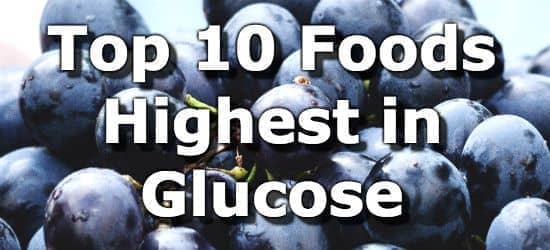
Glucose is a simple monosaccharide sugar, and is the principal energy source for cells throughout the body, including the brain. (1,2)
Carbohydrates in foods are all ultimately broken down in the body into glucose. Sugars other than glucose are converted to glucose in the liver so that they can be used by the body. Starches are long chains of glucose molecules, which are released during the process of digestion. (2) If you are looking to manage your blood glucose levels, it is important to balance your intake of sugars and carbohydrates.
Foods naturally high in pure glucose include honey, agave, molasses, dried fruit, fruits, fruit juices, and sweet corn. These foods are healthy in moderation, as part of a balanced diet, especially fresh fruits. Foods that typically have a lot of added glucose include sauces, salad dressings, pies, and sugary drinks.
Foods with high levels of added sugar should be limited, as over-consumption of these foods is associated with an increased risk of type II diabetes, obesity, and cardiovascular disease. (3,4)
Below are the top 10 foods highest in glucose, for more, see the extended list of glucose rich foods.
List of High Glucose Foods
-
Up to 6.8% Glucose
 1. Grape Juice + Add
1. Grape Juice + Add
Glucose per 16oz Glass Glucose per 100g 34.5g (9 tsp) 6.8g (1.7 tsp) More Fruit Juice High in Glucose
- 31.6g per 16oz pomegranate juice
- 13g per 16oz of apple juice
- 5.7g per cup (8oz) of orange juice
-
Up to 4.1% Glucose
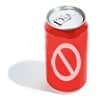 2. Sugary Soft Drinks (Cola) + Add
2. Sugary Soft Drinks (Cola) + Add
Glucose per 16oz Bottle Glucose per 100g 20.2g (5 tsp) 4.1g (1 tsp) More Sugary Drinks High in Glucose
- 15.4g per 16oz bottle of sprite
- 15.1g per 16oz bottle of ginger ale
- 9.9g per serving (9oz) of Monster energy drink
- 8.8g per 8oz can of Red Bull
See all drinks high in glucose.
-
Up to 5.1% Glucose
 3. Fast Foods (Hot Cakes with Syrup) + Add
3. Fast Foods (Hot Cakes with Syrup) + Add
Glucose per 3 Pancakes Glucose per 100g 11.2g (2.8 tsp) 5.1g (1.3 tsp) More Fast Foods High in Glucose
- 5.5g in a McDonald's Hot Caramel Sunday
- 5.4g in an egg, cheese, and bacon sandwich
- 5.1g per package of McDonald's BBQ sauce
- 3.2g per burger with condiments
See all fast foods high in glucose.
-
Up to 7.2% Glucose
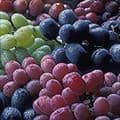 4. Grapes + Add
4. Grapes + Add
Glucose per Cup Glucose per 100g 10.9g (2.7 tsp) 7.2g (1.8 tsp) More Fruits High in Glucose
- 10.1g per cup of cherries
- 8.4g per cup of sliced plums
- 7.5g per cup of sliced bananas
See all fruits high in glucose.
-
Up to 33.1% Glucose
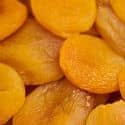 5. Dried Apricots + Add
5. Dried Apricots + Add
Glucose per Cup Glucose per 100g 9.4g (2.3 tsp) 33.1g (8 tsp) More Dried Fruit High in Glucose
- 7.6g in 3 prunes
- 7.2g in 60 raisins
- 6g in 3 figs
See all fruits high in glucose.
-
Up to 35.8% Glucose
 6. Honey + Add
6. Honey + Add
Glucose per Tblsp Glucose per 100g 7.5g (1.9 tsp) 35.8g (9 tsp) - 2.4g per tblsp of molasses
- 0.6g per tsp of agave syrup
-
Up to 4.9% Glucose
 7. Apple Pie + Add
7. Apple Pie + Add
Glucose per Slice Glucose per 100g 6.4g (1.6 tsp) 4.9g (1.2 tsp) More Baked Goods High in Glucose
- 2.3g per bagel
- 2g per cinnamon roll
- 2g per pieces of chocolate cake with frosting
See all baked foods high in glucose.
-
Up to 4% Glucose
 8. Cured Ham + Add
8. Cured Ham + Add
Glucose per 5oz Slice Glucose per 100g 5.6g (1.4 tsp) 4g (1 tsp) More Cured Meats High in Glucose
- 1.5g per 3oz Kielbasa sausage
- 1.3g per frankfurter sausage
-
Up to 3.4% Glucose
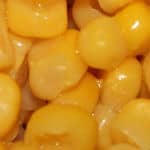 9. Sweet Corn + Add
9. Sweet Corn + Add
Glucose per Cup Cooked Glucose per 100g 5g (1.2 tsp) 3.4g (0.9 tsp) -
Up to 2.2% Glucose
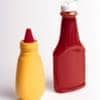 10. Pasta Sauce + Add
10. Pasta Sauce + Add
Glucose per 1/2 Cup Glucose per 100g 2.9g (0.7 tsp) 2.2g (0.6 tsp) More Sauces High in Glucose
- 2.8g per tblsp of average BBQ sauce
- 1.7g per tblsp of ketchup
- 0.8g per tblsp of peanut sauce
Printable One Page Sheet
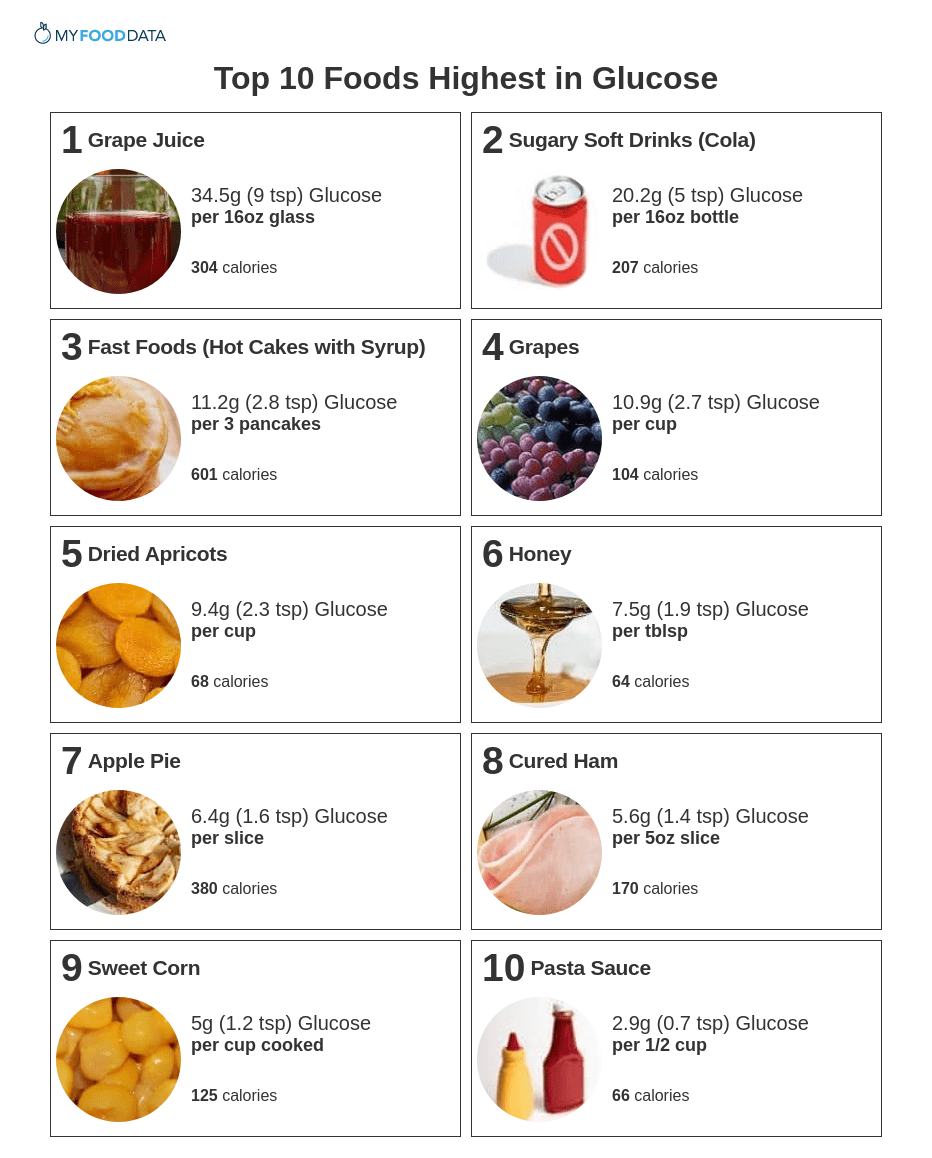
More Glucose Rich Foods
| Food | Serving | Glucose |
|---|---|---|
| 1. Jackfruit + | per cup sliced | 15.6g (3.9 tsp) |
| 2. Mamey Sapote + | 1 cup chopped | 14g (3.5 tsp) |
| 3. Cherimoya + | per cup pieces | 9.5g (2.4 tsp) |
| 4. Fried Yellow Plantains + | per cup | 8.4g (2.1 tsp) |
| 5. Canned Tomato Puree + | per cup | 6.1g (1.5 tsp) |
| 6. Commercial Cereals (Raisin Bran) + | per cup | 6g (1.5 tsp) |
| 7. Fast Foods (Applebees Onion Rings) + | per order | 4.1g (1 tsp) |
| 8. Baked Beans + | per cup | 4g (1 tsp) |
| 9. Sweet Dessert Wine + | per 5oz glass | 3.8g (1 tsp) |
| 10. Horchata + | per cup | 3.7g (0.9 tsp) |
| 11. Rutabagas (Swedes, Neeps) + | per cup cooked | 3.5g (0.9 tsp) |
From the Nutrient Ranking Tool
Use the ranking tool links below to select foods and create your own food list to share or print.
- Foods High in Glucose
- Foods Low in Glucose
- Vegetables High in Glucose
- Fruits High in Glucose
- Vegetarian Foods High in Glucose
- Fast Foods High in Glucose
View more nutrients with the nutrient ranking tool, or see ratios with the nutrient ratio tool.
Related
Data Sources and References
- Mulukutla BC, Yongky A, Le T, Mashek DG, Hu WS. Sugar for the brain: the role of glucose in physiological and pathological brain function Trends Biotechnol. 2016 Aug;34(8):638-651. doi: 10.1016/j.tibtech.2016.04.012. Epub 2016 Jun 2. 27265890
- Gurung P, Zubair M, Jialal I. Physiology, Glucose 2023 Jan 18. In: StatPearls [Internet]. Treasure Island (FL): StatPearls Publishing; 2024 Jan–. 31082125
- Sigala DM, Widaman AM, Hieronimus B, Nunez MV, Lee V, Benyam Y, Bremer AA, Medici V, Havel PJ, Stanhope KL, Keim NL. Sugar consumption, metabolic disease and obesity: The state of the controversy Nutrients. 2020 Dec 19;12(12):3893. doi: 10.3390/nu12123893. 33352724
- Mozaffarian D. Dietary sugar consumption and health: umbrella review Lancet Diabetes Endocrinol. 2023 Jul;11(7):448-451. doi: 10.1016/S2213-8587(23)00151-1. Epub 2023 Jun 2. 37276874
Simplify Nutrition Tracking with MyFoodData!
Speedy Tools and Detailed Data FREEEasily analyze your meals to find the best foods for your goals.
✅ Use our recipe nutrition calculator and nutrition comparison tool.
✅ Access expert nutrition data tools and in-depth articles.
✅ Log foods and organize your recipes with a free account.


 Next ➞
Next ➞
